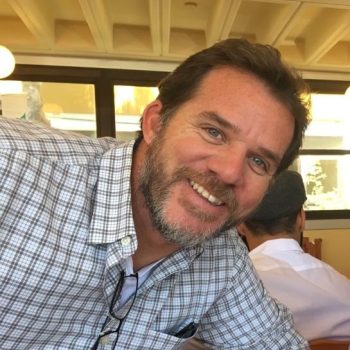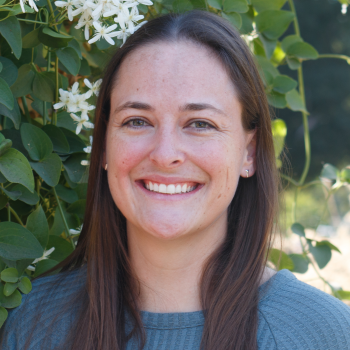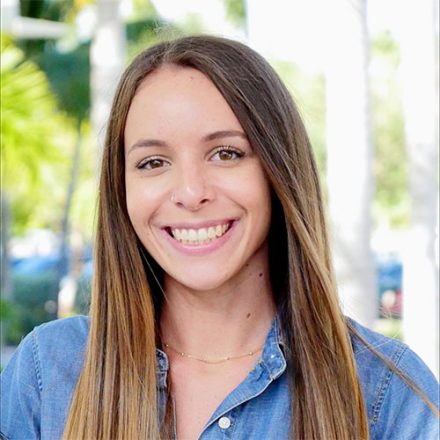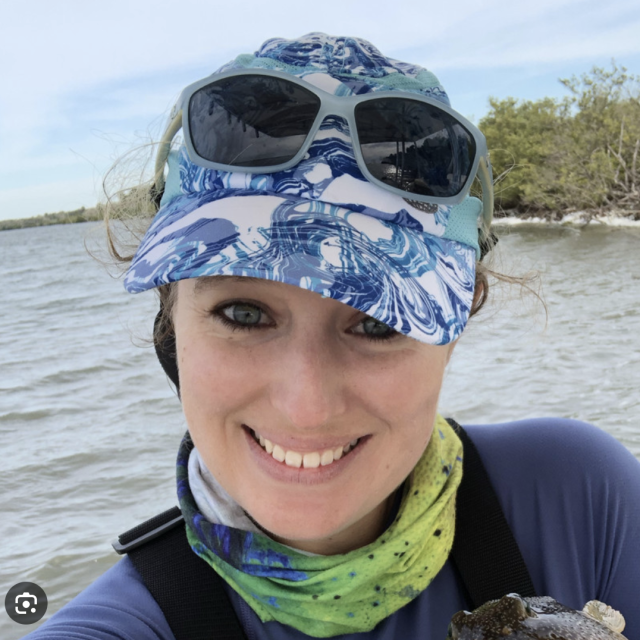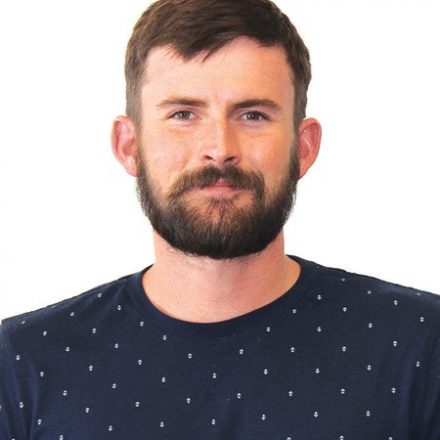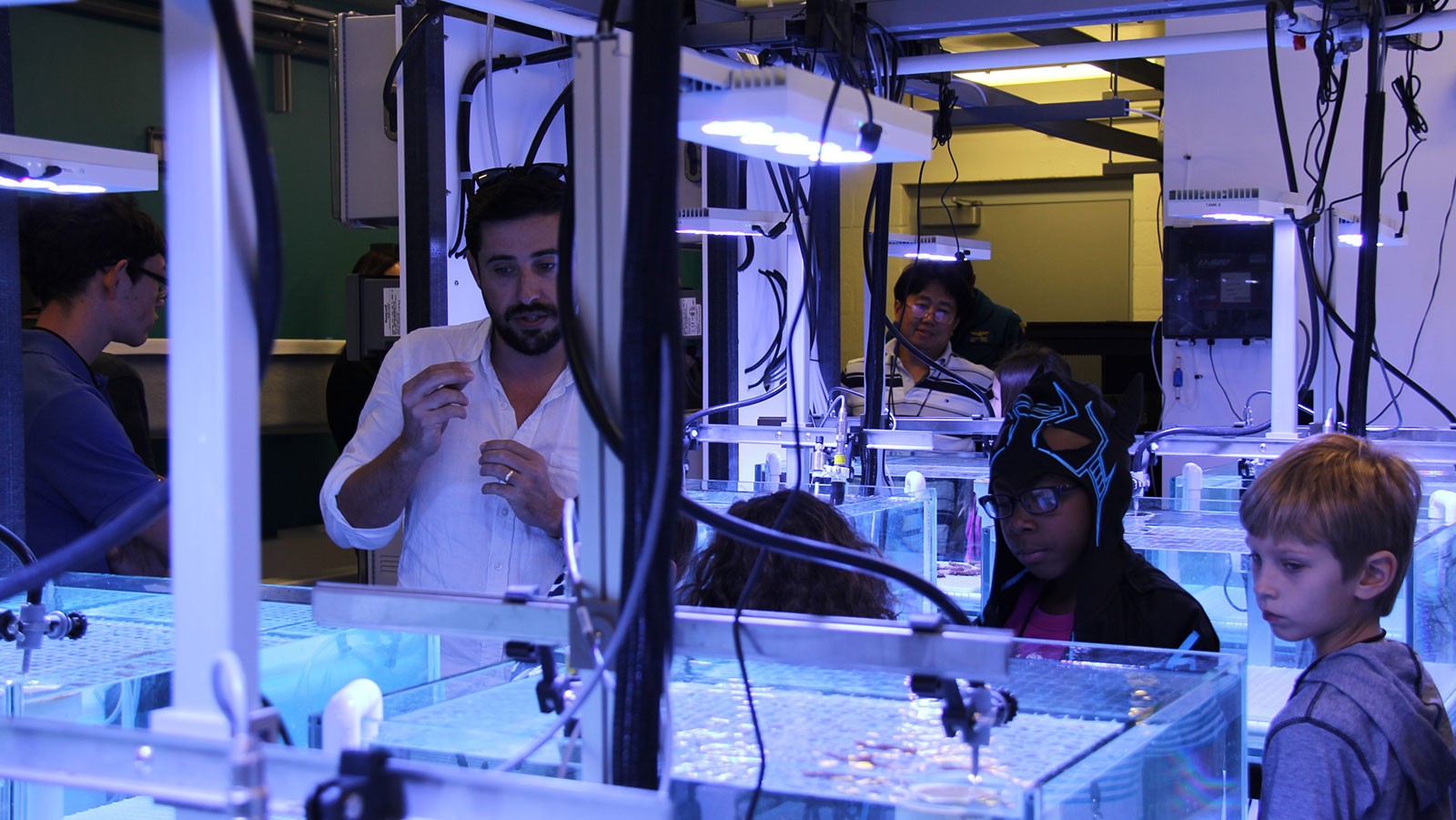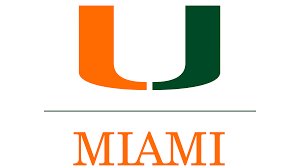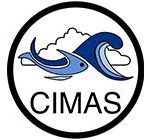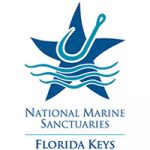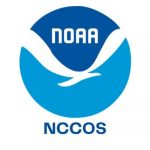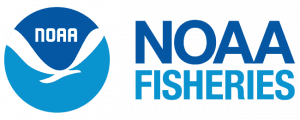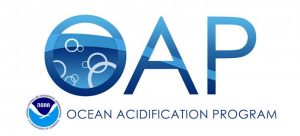Florida Regional Ecosystems Stressors Collaborative Assessment (FRESCA)
Examining the effects of multiple environmental stressors on essential marine ecosystems across South Florida under a changing climate
<!–
SCROLL TO LEARN MORE
–>
About the Project
The Florida Regional Ecosystems Stressors Collaborative Assessment, or “FRESCA,” is a four-year collaborative effort co-led by scientists at AOML and the University of Miami and involving seven research institutions to assess the current and future impacts of five key environmental stressors exacerbated by climate change across South Florida: ocean acidification, hypoxia, ocean warming, harmful algal blooms, and eutrophication.
FRESCA is organized into four key modules that both complement and build off of each other as scientists across institutions investigate the future impacts of these global threats on South Florida ecosystems and our communities.
Explore Each Module Here:
Click The Logo to see the Project Announcement:
Investigating Future Impacts
of Global Threats
On Local Ecosystems and Communities
Who We Are
| Ana Palacio, Ph.D.
Assistant Scientist
| Emma Pontes, Ph.D.
Postdoctoral Associate
Read More News
Background and Key Impacts
South Florida and the people that live there are uniquely connected to the environment, and the marine habitats that surround them. From food and fishing, to recreation, business, and infrastructure, South Florida ecosystems are inexorably linked to the vitality, success, and resilience of the people that live here. The area, however, is beset by a suite of stressors that if left unmanaged, threaten our marine life and communities alike. The Florida Regional Ecosystem Stressors Collaborative Assessment, or project FRESCA for short, is a large-scale, multidisciplinary project, focussed on monitoring, predicting, and managing these ecosystems in an era of change.
With a focus on the Southwest Florida Shelf and the Florida Keys National Marine Sanctuary (FKNMS), this study seeks to characterize the impacts of these five key stressors on the Everglades, mangroves, seagrass and coral reef ecosystems and restoration projects through the Comprehensive Everglades Restoration Plan (CERP) and Mission: Iconic Reefs (M: IR). In accomplishing this, FRESCA also aims to assess the effectiveness of these restoration projects under multiple climate change scenarios to determine the best path forward.
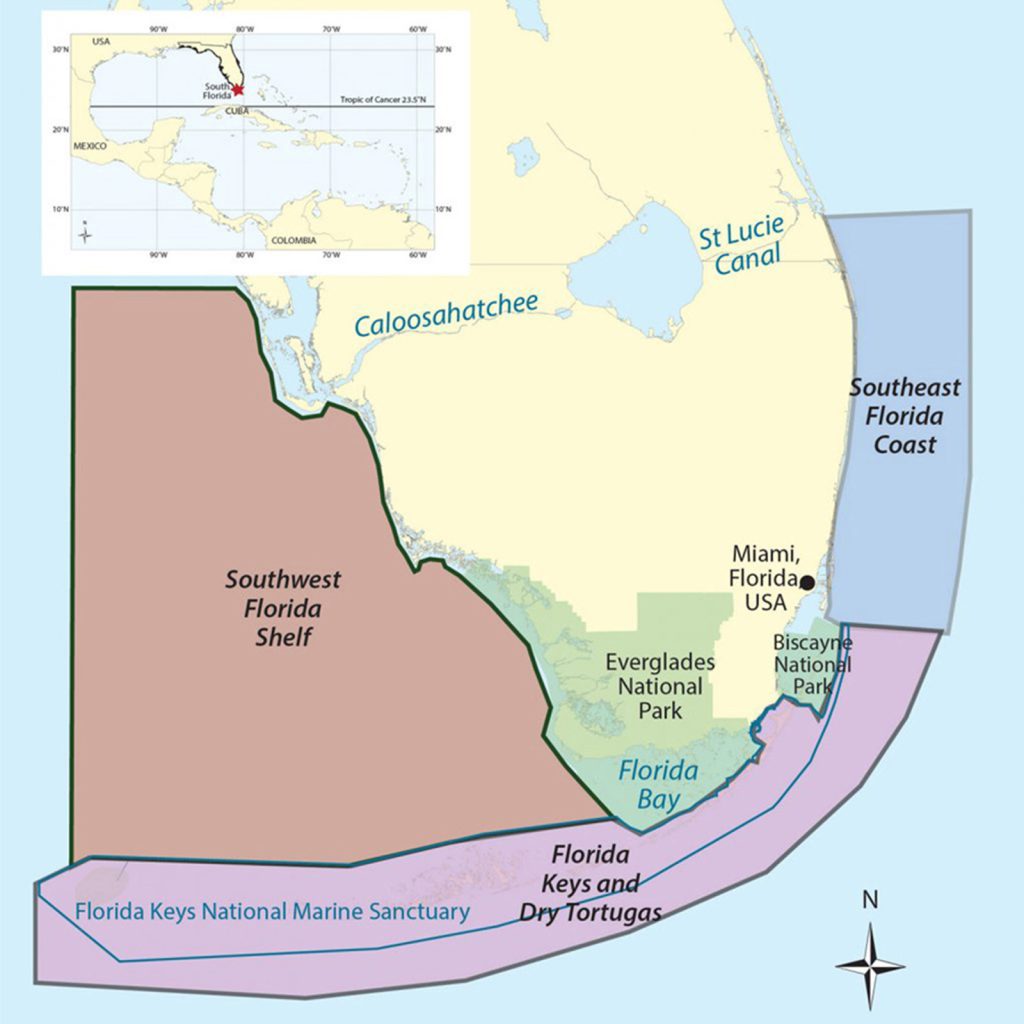
AOML’s Coral Restoration and Resilience research has found that corals exposed to variable temperature treatment in the laboratory for 90 days were better able to withstand the warmer ocean temperatures caused by climate change. The temperature-treated corals were also less likely to succumb to bleaching, while untreated corals experienced more rapid tissue loss and necrosis. These findings offer coral restoration scientists with a new approach to potentially increase the success rate of planting nursery-raised staghorn coral onto degraded reefs. Currently, tens of thousands of acroporid colonies are raised and outplanted on Florida’s coral reef every year, with >70% survivorship observed one year after outplanting.
AOML’s coral scientists have led 16 National Coral Reef Monitoring Program cruises to six field sites in the Atlantic, Caribbean, and Gulf of America gathering valuable data used to provide a comprehensive view of the effects of climate change on coral reef ecosystems. Over 3000 water samples have been processed. This data has been used to examine coral response to precise, controlled changes in environmental conditions and determine coral resilience to stressors such as rising temperatures, ocean acidification, and nutrient flux.
Module 1: Assessing the Spatiotemporal Variability of the Five Key Stressors
While climate change is a global threat, its impacts (i.e., “environmental stressors”) are not uniform across ecosystems. From shallow mangrove forests to offshore coral reefs, different regions and ecosystems will be more susceptible to specific environmental stressors while others may prove more resilient.
The intensity of these stressors can also be expected to fluctuate across seasons, years and decades. Therefore, Module 1 seeks to first describe how five key environmental stressors brought on by climate change will affect ecosystems local to South Florida – and how their impacts are expected to vary both spatially and overtime.
1.1 Describing the Spatiotemporal Variability of the Five Key Stressors
Identifying Impacts of Key Stressors Across South Florida
Enhanced cruise surveys along designated transects will enable our team to measure biogeochemical parameters to understand the spatial scope of the five key stressors. Repeated cruises along these transects on the Southwest Florida Shelf and in the Florida Keys National Marine Sanctuary, respectively, allows us to monitor trends and identify potential hotspots for these stressors across South Florida.
A map of the FRESCA study area. Cruise surveys will embark repeatedly along each respective transect and collect water samples at designated stations (marked with multicolored points).
1.2 Regional Biogeochemical Modeling (MOM6 – COBALT Modeling)
Scientists use the vast database created to produce high-resolution models of the complex biogeochemical processes influencing the waters of South Florida.
MOM6 – COBALT Models enable our team to see how these stressors brought on by climate change vary across the region, and by integrating Intergovernmental Panel on Climate Change (IPCC) climate scenarios, project how these key stressors are expected to intensify as climate change worsens.
1.3 Benthic Ecosystem Metabolism Modeling in the Florida Keys National Marine Sanctuary
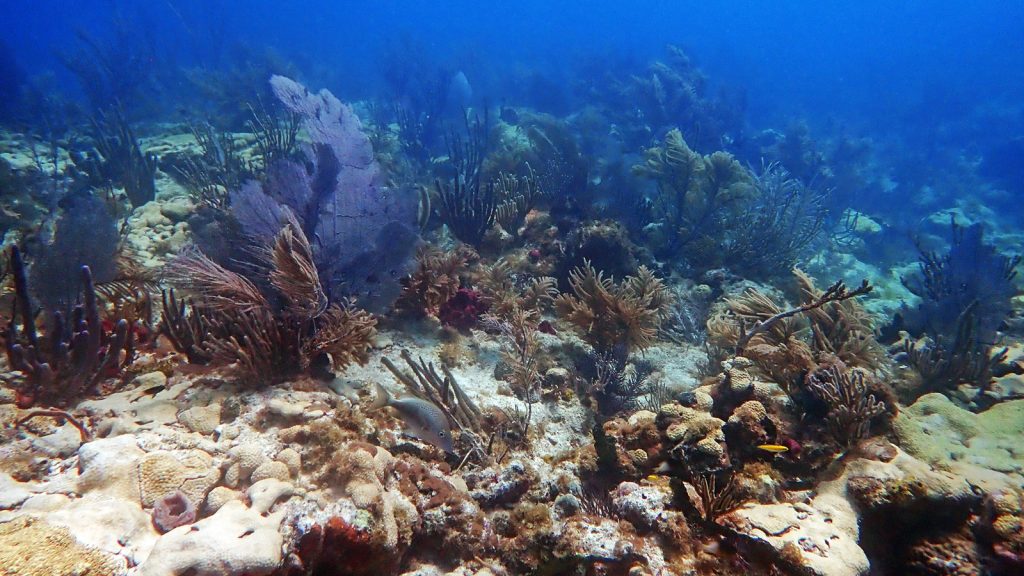
From seagrass beds performing photosynthesis and respiration to corals calcifying, the metabolic activity of benthic communities significantly influences the seawater carbonate chemistry of marine ecosystems, either exacerbating or mitigating stressors such as ocean acidification.
Developing SLiM models will enable us to predict the influence of benthic communities on the carbonate chemistry across the Florida Keys National Marine Sanctuary.
Module 2: Identifying Species – Specific Thresholds to Multiple Stressors
Module 2, organized into three overarching experiments, is dedicated to determining how habitat-altering species of coral, bioeroders (i.e. sponges) and photosynthetic organisms are impacted by three environmental stressors: ocean acidification (OA) , temperature, and hypoxia (oxygen-deprivation).
To go a step further, we’re investigating how ocean acidification and changes in temperature influence the growth rates of Karenia brevis, the algae responsible for Harmful Algal Blooms (HABs) and hypoxia in extreme scenarios. This approach enables us to determine not only how essential marine biodiversity is affected by multiple stressors but also how these stressors influence each other as they are exacerbated by climate change.
Using Our Experimental Reef Lab to Identify Key Thresholds
With AOML’s Experimental Reef Lab, Experiments 1 and 2 are designed to identify thresholds at which key marine species for reef habitat persistence (corals, sponges) and photosynthetic organisms known to alter the impacts of environmental stressors (Seagrasses and sargassum) face degradation and mortality when exposed to ocean acidification, above-average temperatures and hypoxia.
Experiment 1
The goal of this experiment is to identify thresholds of species to ocean acidification (elevated pCO2) and hypoxia for these ecologically-important benthic species.
This will include:
- 12 coral species
- 2 bioeroders
- 2 photosynthetic taxa
Experiment 2
Building on the findings of Experiment 1, we will assess the hypoxia response for 3 coral species, 2 Bioeroders (Sponges) and 1 photosynthetic taxum (Thalassia, Mangrove). To simulate exposure of these essential species to multiple stressors, the goal of Experiment 2 is to determine how ocean acidification and above-average temperatures influence each species’ tolerance to hypoxia (low-oxygen).
Identifying How Environmental Stressors Affect Harmful Algal Bloom (HABs) Formation
In collaboration with the Virginia Institute of Marine Science, this module goes further to assess how ocean acidification, temperature, and nutrient concentrations impact the growth rates of Karenia brevis, the algae responsible for creating hypoxic conditions, Harmful Algal Blooms (HABS) and Florida’s “Red Tides.”
To achieve this, we are examining how K. brevis growth rates, cell volume and brevetoxin production change in response to various combinations of temperature, pH, and nitrogen to phosphorus ratios.
Additional Links:
To learn more about K. brevis and Red Tides: https://oceanservice.noaa.gov/hazards/hab/gulf-mexico.html
Explore NOAA’s “Ecological Forecasting” of Red Tides in the Gulf of America: https://oceanservice.noaa.gov/ecoforecasting/
Current Forecasting of Gulf of America Harmful Algal Bloom (HABs): https://coastalscience.noaa.gov/science-areas/habs/hab-forecasts/gulf-of-mexico/
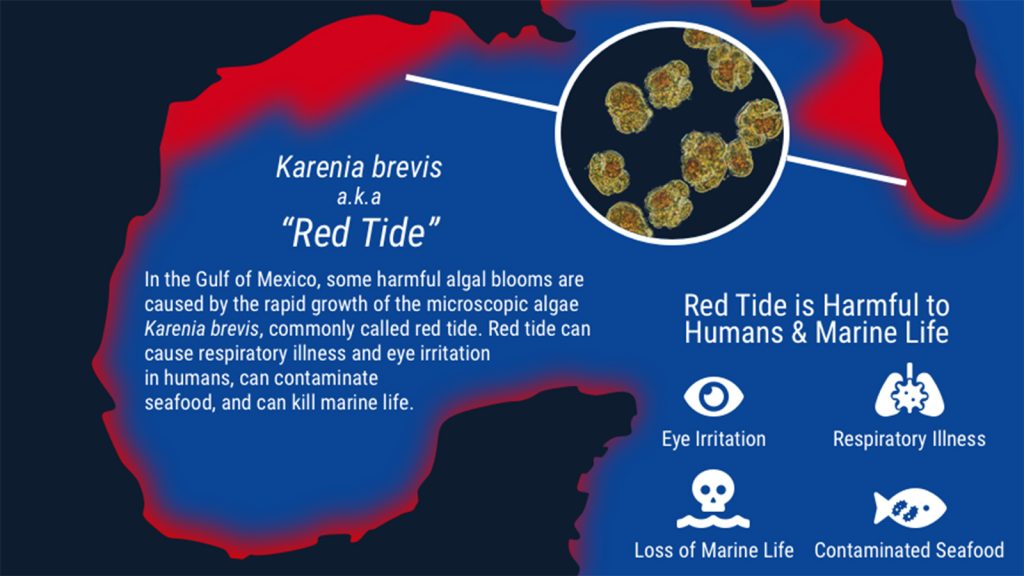
Module 3: Benthic habitat persistence and restoration progress at the seven Mission: Iconic Reefs
As recent studies demonstrate 70% of Florida’s coral reefs are experiencing net loss of reef habitat, meaning erosion is significantly outpacing carbonate production, we are developing highly detailed carbonate budget models to assess the persistence of the seven Mission: Iconic Reefs across the Florida Keys under a changing climate.
How We’re Doing This
Coral reef structures, made up of Calcium Carbonate (CaCO₃), are dependent on the balance between carbonate (CO₃) production and erosion (i.e. “Bioerosion”).
This balance is what makes up a coral reef’s carbonate budget.
While the majority of Florida’s reefs are experiencing a net loss of habitat structure, meaning erosion is significantly outpacing carbonate production, our team is creating high-quality carbonate budget models in the seven Mission: Iconic Reefs sites to analyze the impacts of ongoing conservation strategies under climate change.
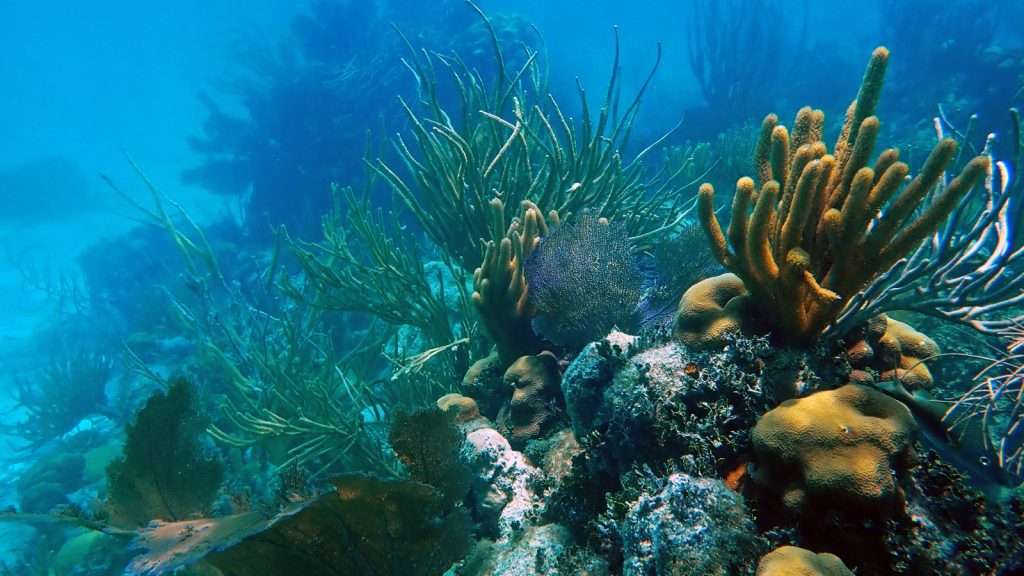
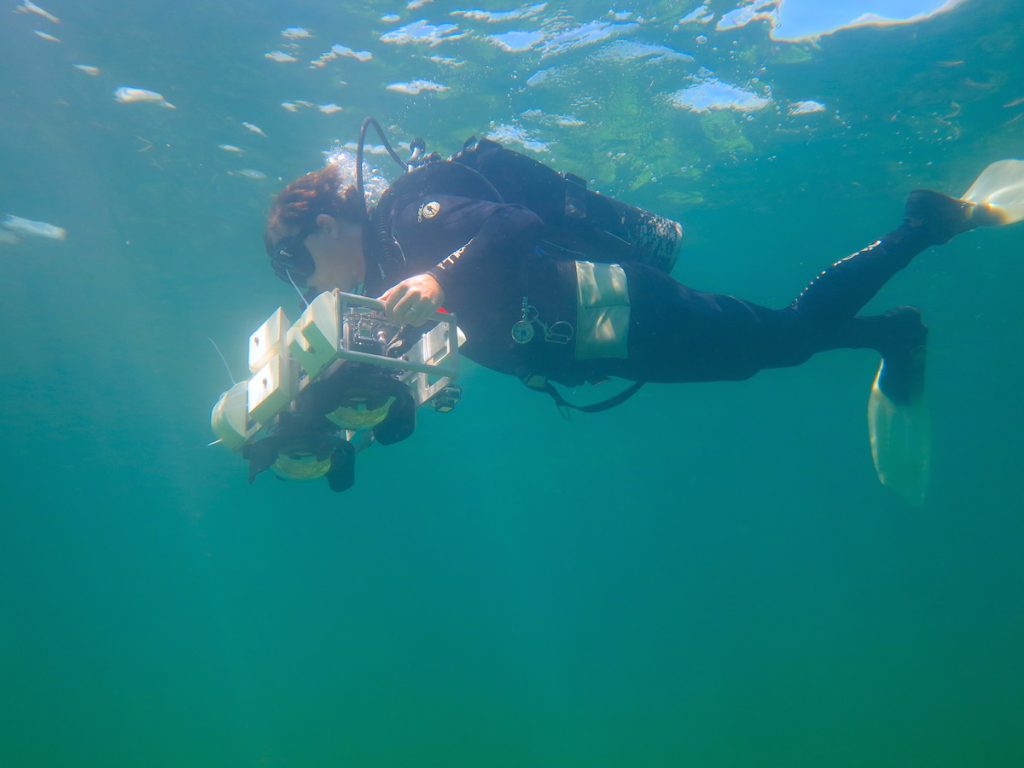
Building on the habitat modeling, photomosaics and imagery performed by Mission: Iconic Reefs at each site, these carbonate budget models will be sensitive to four of the five key environmental stressors: ocean acidification, ocean warming, hypoxia, harmful algal blooms (HABs).
By integrating key findings from Module 1 and Module 2 concerning both the distribution of stressors and identified thresholds of specific species, these models will be able to determine the effectiveness of a variety of reef restoration scenarios, including reef zones within each site.
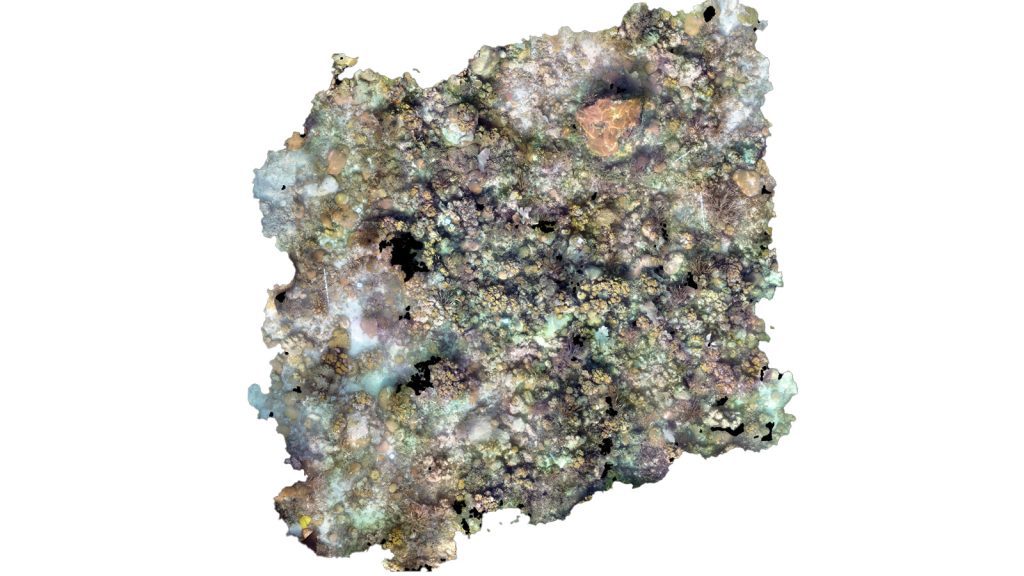
Module 4: Community Responses to Stressor Conditions
To fully examine the impacts of climate change on marine ecosystems, this module is dedicated to analyzing the response of key planktonic and fish species to the five key stressors and their varying distribution from the southwestern Florida Shelf to the Florida Keys. Using data collected both through research cruises and high-resolution ecosystem modeling, we will be able to assess how the distribution of environmental stressors observed under Module 1 will change both plankton and fish productivity under future climate change scenarios.
Module 4 is separated into two components:
- Assessing plankton community and distribution
- Ecosystem Modeling using VAST Models, EwE Ecopath + Ecosim
Assessing Plankton Community Distribution
Plankton form the base of essential marine food webs. Therefore, to fully understand the impacts of these environmental stressors brought on by climate change, we must assess how the distribution of planktonic species across South Florida varies – and how they respond to these extreme conditions.
Through field experiments and surveys performed on cruises along the Southwest Florida Shelf and the Florida Keys, we are identifying how planktonic species vary across the entire study area and examining the trophic dynamics at play.
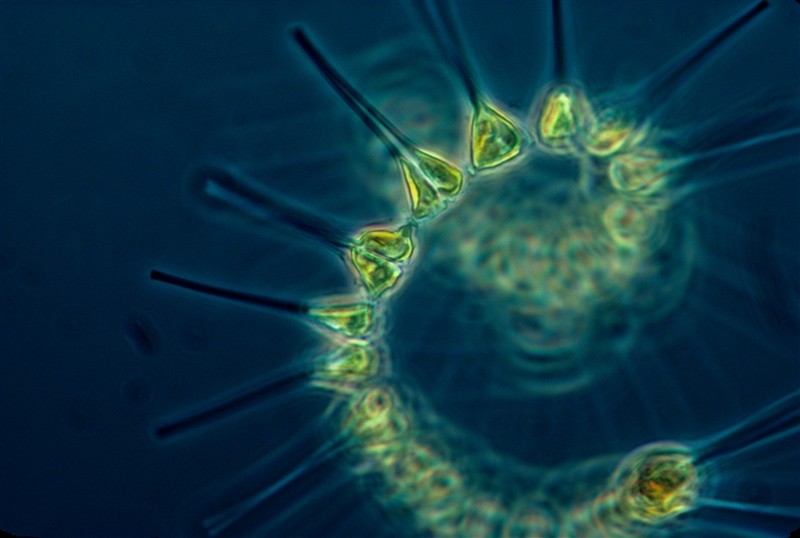
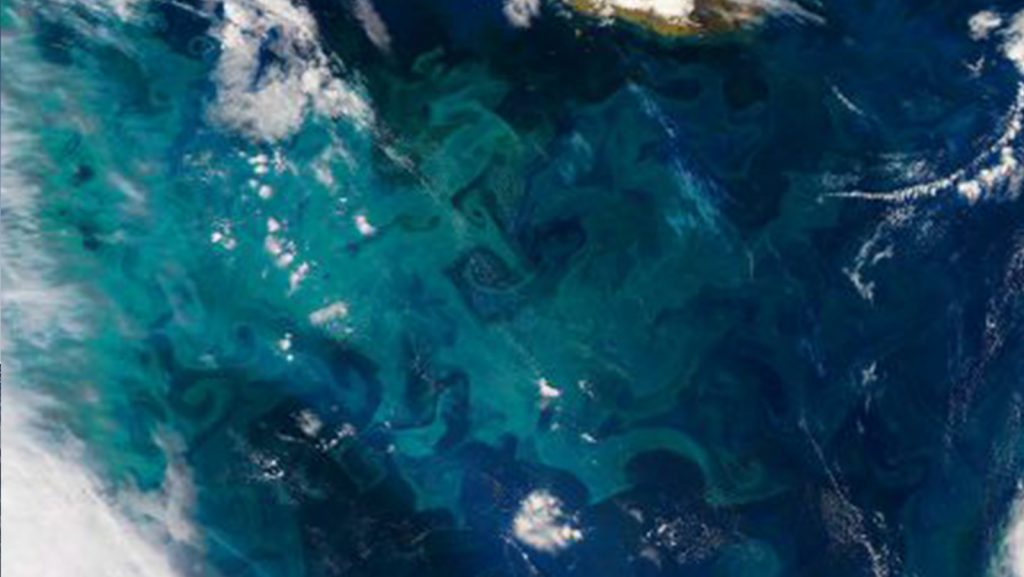
What We’re Assessing:
- The spatial distribution, size structure and abundance of key planktonic species, relative to the presence and intensity of the five key stressors at each station
- Measuring key parameters including observations of the seascape, live bottom, reefs, water temperature and salinity at each station to understand trophic dynamics:
Ecosystem Modeling
All ecosystems are interconnected. These models capture that complexity.
The vast data and key findings of each Module will culminate in the production of highly-complex and dynamic ecosystem models that will play a pivotal role in essential management and conservation strategies as environmental stressors and climate change intensify.
Vector Autoregressive Spatio-temporal Model (VAST)
With VAST Modeling, we can estimate the population densities of multiple target fish species across different habitats, regions and time. As we investigate the distribution of environmental stressors across South Florida (Module 1), we are modeling how specific species populations fluctuate across seasons and years and forecast how this natural fluctuation will change under different climate scenarios. Target species include both snapper and grouper with population estimates based initially off of catch and abundance data.
Inputs:
- General distribution of the environmental stressors across South Florida, identified in Module 1
- Observations of the seascape during cruise surveys of Module 4
Outputs:
- Target species of snapper and grouper based off catch/abundance data
- Ability to forecast impacts of stressors on target fish species populations under multiple climate scenarios
Ecopath with Ecosim Modeling (EwE)
Ecopath with Ecosim Modeling (EwE) allows us to see the impacts of environmental stressors under climate change on food webs, species populations, and the fisheries that comprise crucial marine ecosystems across South Florida.
Where we produce a static, mass – balanced model of the target ecosystem using data and research collected across each Module
ECOPATH
Where a time-dynamic simulation is produced to evaluate the impacts of stressors on an ecosystem
ECOSIM
the final, complex model conveys the spatial and temporal impacts of stressors on an ecosystem. The complexity of Ecospace allows scientists to observe the impact of establishing protected areas and other conservation strategies, enhancing our ability to identify the most effective strategies to protect the natural environment in the wake of climate change using ecosystem-based management.
ECOSPACE
Points of Contact By Module
Module 1:
External:
Yida Gao, Ph.D. – Research Scientist Fish and Wildlife Research Institute
Kate Hubbard, Ph.D. – Research Scientist, Fish and Wildlife Research Institute
Eric Mulbach – Biological Scientist, Fish and Wildlife Research Institute
Digna Rueda Roa, Ph.D. – Scientist, University of South Florida
Frank Muller-Karger, Ph.D. – Professor, University of South Florida
Dan Otis, Ph.D. – Scientific Researcher, University of South Florida
Module 2:
Benthic Taxa Team – Experimental Reef Lab
Phytoplankton (HABs) Team Point of Contact – External
Nicole Millette, Ph.D. – Assistant Professor, Virginia Institute of Marine Science
Kate Hubbard, Ph.D. – Research Scientist, Fish and Wildlife Research Institute
Heather Corson – Laboratory Specialist II, Virginia Institute of Marine Science
Module 4:
Plankton Community Assessment Team:
External:
Nicole Millette, Ph.D. – Assistant Professor, Virginia Institute of Marine Science
Kate Hubbard, Ph.D. – Research Scientist, Fish and Wildlife Research Institute
Ecosystem Modeling Team:
Funding Sources and Partners
This project is funded by NOAA’s National Centers for Coastal Ocean Science Competitive Research Program, Climate Program Office, Ocean Acidification Program, and the U.S. Integrated Ocean Observing System, in collaboration with the Office of National Marine Sanctuaries through the Notice of Federal Funding Opportunity “Understanding multi-stressor impacts on marine ecosystems under climate change.”



